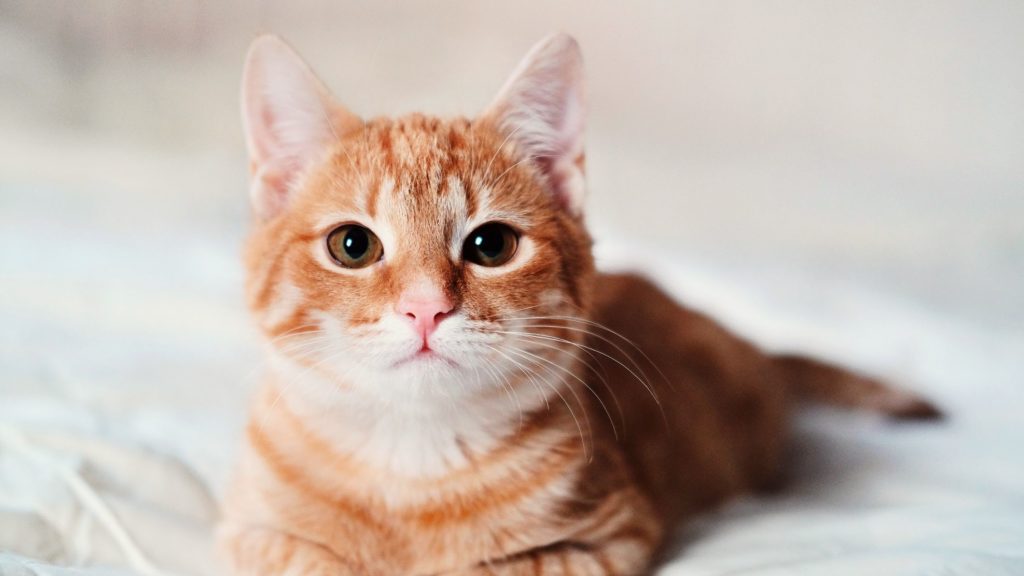Learn how to wash a cat without cat shampoo in this article. We’ll share some tips and tricks to make the process easier.
If you’re a cat owner, you probably know that most cats hate water. They have a natural ability to groom themselves and keep their fur clean and shiny.
However, sometimes they may need a little help from you, especially if they get into something sticky, smelly, or potentially harmful.
But what if you don’t have any cat shampoo at hand? Can you use human shampoo or soap instead?
The answer is no. Human shampoo and soap are not suitable for cats, as they can dry out their skin, cause irritation, and even be toxic.
Cats have a different pH level than humans, and they need products that are specially formulated for their needs.
So, how can you wash a cat without cat shampoo? Don’t worry, we’ve got you covered.
In this article, we’ll share some of the best pet products to sell online that can help you clean your cat without using shampoo.
What You’ll Need?
Before you start bathing your cat, you’ll need to gather some items that will make the task easier. Here’s what you’ll need:
- A rubber mat or towel to prevent your cat from slipping in the sink or tub
- A large cup or pitcher to rinse your cat with water
- A soft washcloth or sponge to gently scrub your cat’s fur
- A towel to dry your cat after the bath
- A pair of scissors or clippers to trim your cat’s nails (optional)
- Cotton balls to plug your cat’s ears and prevent water from getting in (optional)
- A brush or comb to detangle your cat’s fur before and after the bath (optional)
- A reward for your cat, such as a treat or toy, to praise them for being a good sport
What You Can Use Instead of Cat Shampoo?
There are several alternatives to cat shampoo that you can use to wash your cat without harming their skin or coat. Here are some of the most common ones:
Baking soda
Baking soda is a natural deodorizer that can help remove dirt and odors from your cat’s fur.
Simply mix one tablespoon of baking soda with four cups of warm water and use it as a rinse after wetting your cat’s fur with plain water.
Oatmeal
Oatmeal is a soothing ingredient that can help relieve itching and inflammation on your cat’s skin.

You can either buy oatmeal-based products designed for pets or make your own by grinding one cup of plain oatmeal in a blender and mixing it with four cups of warm water.
Use it as a rinse after wetting your cat’s fur with plain water.
Apple cider vinegar
Apple cider vinegar is a natural antiseptic that can help kill bacteria and fungi on your cat’s skin.
It can also help balance the pH level of your cat’s skin and coat.
Dilute one tablespoon of apple cider vinegar with four cups of warm water and use it as a rinse after wetting your cat’s fur with plain water.
Castile soap
Castile soap is a gentle vegetable-based soap that can clean your cat’s fur without stripping its natural oils.
It’s also biodegradable and eco-friendly. Choose an unscented or mild-scented castile soap and dilute it with water according to the instructions on the label.
Use it as a shampoo after wetting your cat’s fur with plain water.
How to Bathe Your Cat Without Cat Shampoo?
Now that you have everything ready, it’s time to bathe your cat without cat shampoo. Here are the steps to follow:
- Choose a suitable place to bathe your cat. It can be a sink, a tub, or a large plastic container. Make sure the water is lukewarm, not too hot or cold. Fill the container with enough water to cover your cat’s legs, but not more than that.
- Place the rubber mat or towel on the bottom of the container to prevent your cat from slipping. If you’re using a sink or tub, plug the drain so that the water doesn’t run out.
- Gently place your cat in the container and hold them firmly but gently by the scruff of their neck or under their chest. If your cat is very nervous or aggressive, you may want to ask someone else to help you hold them.
- Wet your cat’s fur with plain water using a cup or pitcher. Avoid getting water in their eyes, ears, nose, or mouth.
- Apply the alternative product of your choice (baking soda, oatmeal, apple cider vinegar, or castile soap) to your cat’s fur using the washcloth or sponge. Massage it gently into their fur, avoiding their face and genitals.
- Rinse your cat’s fur thoroughly with plain water using a cup or pitcher. Make sure to remove all traces of the product from their fur.
- Wrap your cat in a towel and gently pat them dry. Don’t rub their fur too hard, as this can cause tangles and mats. If your cat tolerates it, you can use a hair dryer on the lowest setting to speed up the drying process. Keep the dryer at least 12 inches away from your cat’s fur and move it constantly to avoid burning them.
- Brush or comb your cat’s fur to remove any knots or loose hair. This will also help distribute their natural oils and make their coat shiny and healthy.
- Reward your cat with a treat or toy and lots of praise for being a good sport. Give them some space and time to relax and groom themselves after the bath.

